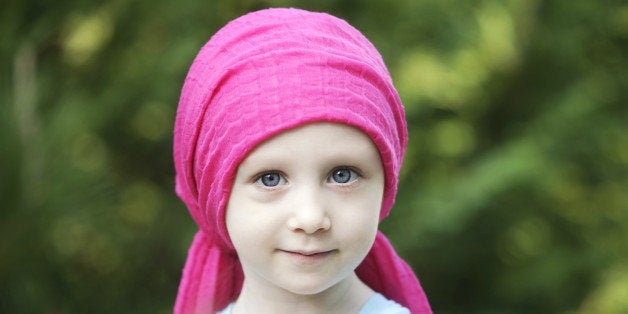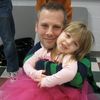
It always amazes me when I read about the mind-blowing "large-scale" philanthropic investments that are made to some of the various disease causes. This specific example could ultimately provide a total of $1,000,000,000.00 for cancer research. Phil Knight has personally pledged $500,000,000.00. Just take a step back from the page and look at all those zeros. There are so many examples of selfless philanthropic donations to specific causes that it provided me with one burning question. Why have we not seen this type of philanthropic funding in the childhood cancer community? I am convinced that childhood cancer is and can be an attractive target for noteworthy angel/philanthropic funding.
Since my unfortunate entry into the community, following the diagnosis of my daughter Alexis with an inoperable brain tumor and then her ultimate passing in 2011, I have watched as many foundations and organizations have taken life and existed in a hand-to-mouth manner. This struggle by many in the community ensures that children with cancer continue to endure barbaric and outdated treatments that leave most of them scarred for life even if they happen to survive. In order to ensure that we are playing on the same field as the adult cancer population, as well as some of the other disease populations, we must demonstrate that our kids are not only worth it, but more importantly an attractive target for substantial funding.
To do so, we must start with the simple basic premise that we are talking about children with cancer. Childhood cancer remains the number one cause of death in the United States by disease. This fact alone should attract more attention from large-scale philanthropic funding sources. Unfortunately, it has not yet. The fact that the childhood cancer community has not as of yet attracted a donation the size of Phil Knight's or become attractive enough for this type of funding model signifies to me that we have not effectively communicated our message and needs. It is something I truly believe we do poorly in the community. Cohesive messaging has been lacking on many levels for some time. Maybe that is an internal commentary that we first need to address. If children dying of cancer alone is not sufficient to create an inviting environment for investment than we must first address our own internal struggles in order to provide fertile ground.
To do so, we must highlight the areas, which have traditionally been underserved. One of the areas where the community has lagged behind significantly in this type of spend is our ability to navigate the political system. Take, for example, AIDS. This was once probably the most stigmatized and frightening diseases in the world. It was an almost certain death sentence. Thanks to an unbelievably motivated and organized grass-roots campaign that had solid funding, there were measurable gains and victories throughout the halls of Congress and beyond. I am convinced that it is more important than ever to move away from the negative thought pattern regarding playing at this political level. Childhood cancer has never been at the forefront on the federal level as it has been at this juncture, for both good and bad reasons, and thus we must capitalize upon this opportunity to obtain true victories instead of continued marginalization. We are of course not without our victories, but more are obviously necessary. Accordingly, the childhood cancer community must attempt to attract funding to support solid government affairs efforts and organization beyond those currently underway.
Academic and private researchers alike continue to develop solid pre-clinical models to test drugs and new treatments. Unfortunately, this is again one area where the community and those engaged in the battle continue to live hand-to-mouth. Childhood cancer has journeyed a long way in the past five years. Take, for example, the specific type of tumor my daughter Alexis had, DIPG. At the time of her diagnosis in 2008, there was little scientific advancement. It continues to remain almost universally fatal; however, there are now several promising pre-clinical mouse models that provide the foundation for great discovery. Sadly, many of the amazing researchers that I personally know and help fund continue to scramble for money. They fight for as little as $100,000.00 at a time to ensure operation of their labs. To think that we may lose potential breakthroughs because of the inability to generate so little is beyond chilling. Federal funding into childhood cancer specific projects remains appallingly low. Without this infusion of investment, we will continue to doom children with cancer all over the world to outdated and toxic treatments that scar the survivors for life.
Accordingly, I issue a challenge to the Mark Zuckerbergs, Donald Trumps and Phil Knights of the world: Will you step up to the plate and help children with cancer at least take a swing? Capital outlay for children with cancer could potentially save billions of dollars downstream. Not to mention, we are talking about children. I am ready and happy to discuss some of these investments. You know where to reach me.
